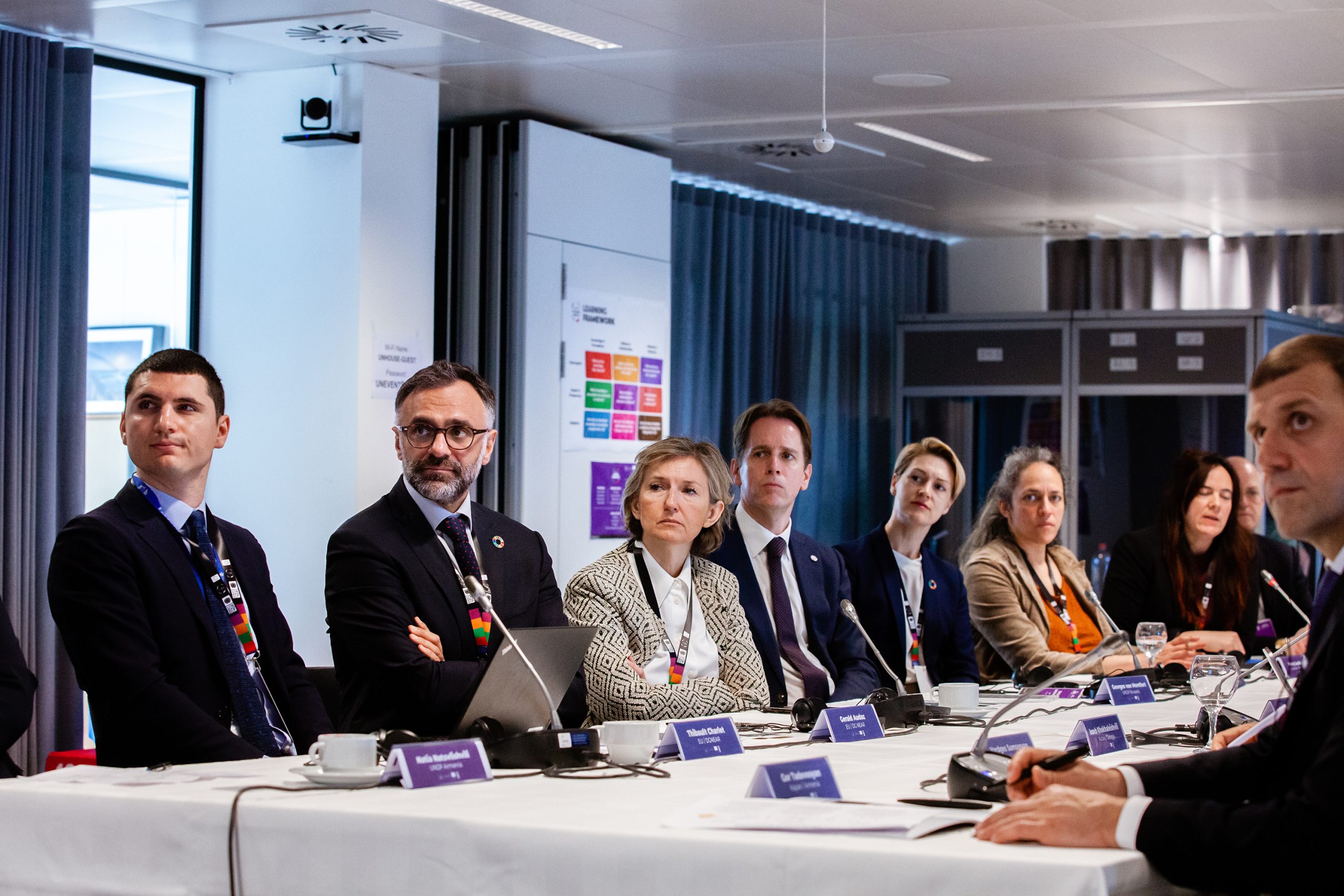Did portfolios enable something in the city systems that was not there before?
Reflections on the first Regional Sensemaking with nine cities under Mayors for Economic Growth (M4EG) by Elina Jarvela & Tina Stoum, Innovation, UNDP IRH
“When we started the project last year, I did not understand the process or purpose. As a leader, I had to make sure I understood, I even went to Istanbul to talk to UNDP about how I should explain and motivate my team and partners of the changes we needed. Now my understanding is completely different.”
Anatoli Topal, Mayor of Ceadir-Lunga.
There was a sense of nervousness in the air at the first Regional Sensemaking event under M4EG. Four city teams had activated their portfolios or north star missions for urban transformation – they were in the center of the circle to present their interventions and learning so far. Five other city teams were there for hands-on practice of how to dynamically manage their upcoming portfolio implementation, and to act as ‘explorers’ for collective insight generation.
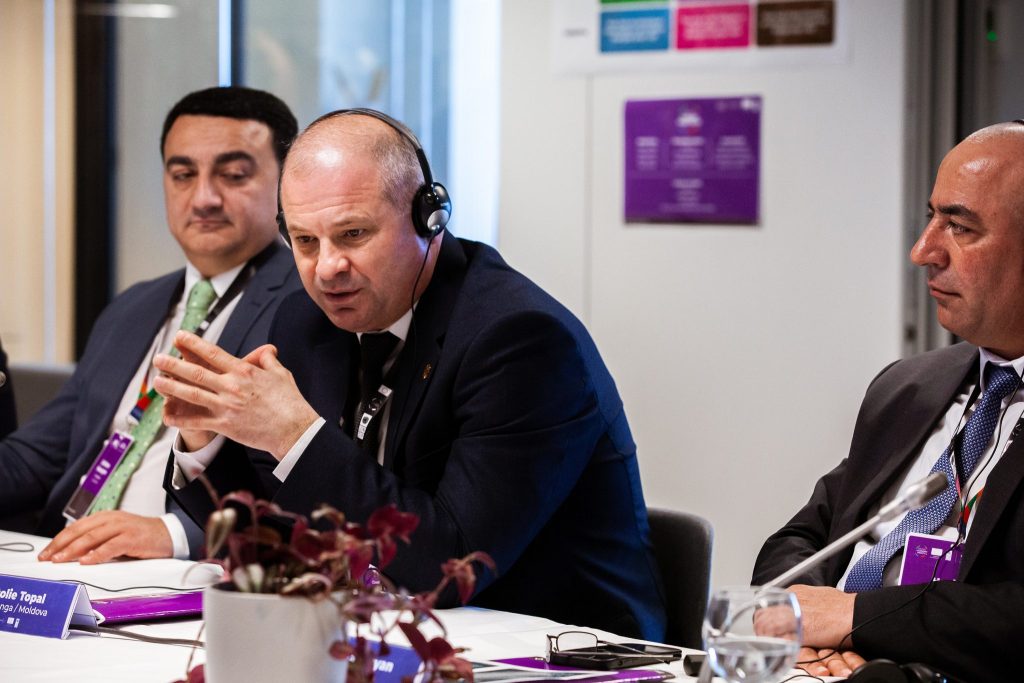
By gathering leaders and practitioners of demonstrator cities, we wanted to start exercising our adaptive muscles to ‘see’ and ‘feel’ systems. Through this turbulent time of uncertainty and evolving challenges, sensemaking remains a pivotal point throughout the Portfolio Journey programme that enables us to gain a more interconnected perspective. This was a first-of-a-kind regional sensemaking for all participants.
All of us at UNDP and Chora Design carried out specific roles to capture and map patterns to make better ‘sense’ of what had happened – with the overall intention to maximize the effectiveness of the work done so far.
Hence it was not the standard workshop, as most participants were testing new roles and going beyond their comfort zones. With much gratitude to the city mayors and teams, Chora Design, EU and UNDP colleagues, we share three key takeaways on adaptability, de-risking and agency from this milestone activity, one year into the M4EG Portfolio Journey programme.
Below is an overview of the 10 cities and towns, currently part of the Portfolio Journey at different stages in the programme:

Adapting – is it (still) meaningful?
Earlier this year, we shared an overview of the Dynamic Management Protocol, developed with Chora Design. What we saw in Brussels was city teams checking-in on their ongoing and completed activities (also known as ‘options’) – what had been learned so far, was there a need to tweak something, stop altogether or start something new to complement? Was the city team engaging the most suitable partners, and what was happening beyond the implementation that ought to be brought in?

In Batumi (Georgia), on a mission to develop an ecosystem for start-ups, the narrative study among youth confirmed the assumption that start-ups were perceived to be a risky career path. However, the municipality team was surprised to also find that young people associated their ideal future job with innovation and technology. The study confirmed the dominant narrative, but also identified nuances that could be harnessed for future activities, such as educational programmes for youth, and shaping a narrative around entrepreneurship as a cool and respected job. The study also found overlooked groups – such as parents and social media influencers. On the sidelines, the study also helped shape Batumi’s new Youth Policy. Importantly, the first portfolio interventions helped the city team and us to understand the dominant urban narratives, so we can better design further activities without building them on false assumptions.
The need for adaptability is often visible early in the portfolio journey. Gyumri (Armenia), known as the “culture capital of Armenia”, is on its journey to turn Gyumri into an international cultural destination that can also support the wellbeing and development of local communities. However, the Covid-19 pandemic and recent border conflicts in the country have shown that unpredictable events can easily change tourism flows and there is a constant need for responding and adapting to changes.
The journey allows each city team to adapt their interventions as new learnings and effects emerge or conditions change, and in so doing build a flexible and agile mindset and practice.
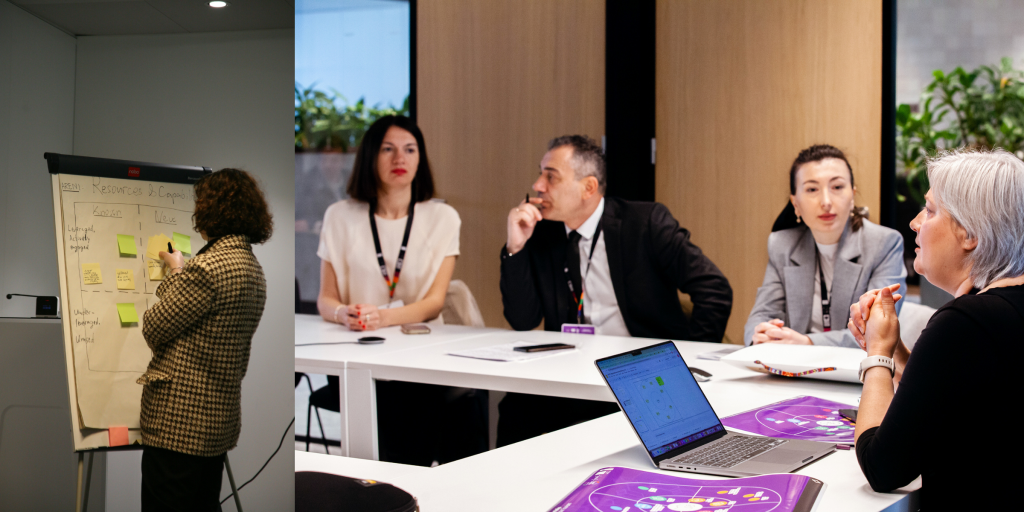
De-risking – is it ready for scale?
The city missions (or North Stars) are ambitious – how to turn a ‘sleeper-town’ into a vibrant, creative and attractive place that is inviting for business, like in Khirdalan, Azerbaijan? It is at times hard to decide where to start. And so, the Portfolio Journey is designed with an initial ‘seed-fund’ phase – it is a learning mechanism for the mayors and their teams to get a better sense of where and when to invest. For example, a portfolio intervention can provide the needed evidence and proof of concept for a city to present a project proposal to attract public funding or private financing from somewhere else.
The team in Ceadir-Lunga (Moldova) initially wanted to go all in and invest in a solar farm. This was understandable because of the sense of great urgency present – the war in Ukraine and the town’s heavy reliance on energy imports from Russia led to a sharp increase in energy prices, and residents of the town were struggling deeply to pay their electricity bills, even before the onset of winter. But the purpose of the portfolio is not to implement what is tried and tested, but rather to increase options and possible avenues to get closer to the North Star – in the case of Ceadir-Lunga, an energy independent future with renewables.
So instead, Ceadir-Lunga tested pilots on automated traffic lights, LED lighting, and awareness programmes among residents on energy savings, and began a zero-energy retrofit of one of eight kindergartens, managed by the municipality. The already saved costs will now be redirected to an energy poverty fund for the most vulnerable residents, as well as community initiatives through participatory budgeting. The tangible effects of the first kindergarten retrofit received positive feedback from parents, and the municipality team has secured funding for three other kindergartens, beyond the EU funding available under the M4EG.
As the team was reflecting on the learning and effects so far, including a new partnership with a Polish tech green energy park, and began designing new options for the next ‘growth’ phase of the portfolio, some municipality and UNDP team members advocated for the quick scale up of an option, when the Mayor, Mr Topal, said: “This is not ready for scaling yet, let’s test it first.” Spot on. The next portfolio iteration will continue testing different energy efficiency technologies, to boost the energy saving potential, city attractiveness and urban safety, as well as put in motion new financial mechanisms to further de-risk and build proof of concepts for scaling.

Local lead – can the city teams create more options and opportunities for their local systems?
As a principle and facilitation practice, the mayors and portfolio teams are in the front seat of the portfolio management in their local systems, which is often pushing them to move away from more traditional public service provider roles into ecosystem managers. Any transformative change will rely on human relationships, and it is the municipality team, their ecosystem of actors and the assets at the locality (built infrastructure, economic sectors, human capabilities, natural resources, identity of place with its geographic, cultural, and historical underpinnings etc.) that can turn the dial.
As development partners, together with the EU and Chora Design in this programme, we take up roles as connectors and bridge builders, including process designers, co-learners, and synthesizers, but not as up-front solution providers. The mantra is ‘let’s test and de-risk together what could work in your context and system’. One effect of this approach is that it increases the exposure and opportunities for the municipality – the intended place-based transformation is not something we do to the place or municipality, but what the municipality does themselves and in their context. The portfolio journey has offered municipalities an opportunity to be orchestrators of their own ecosystems and to connect with both existing and new stakeholders towards the same mission.
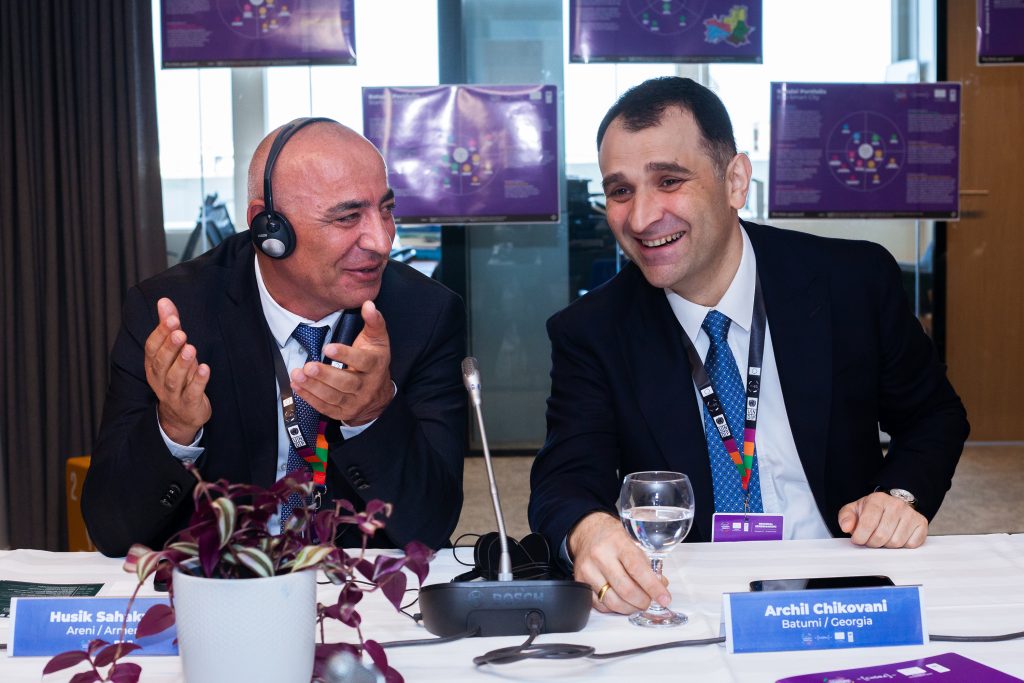
Areni (Armenia), best known for its Areni indigenous Armenian grape variety that has also inspired the name for the village, is leveraging its wine production assets and identity to connect with the surrounding settlements in the municipality for the creation of a sustainable tourism network of offers. For building a common vision and connecting with the variety of resources of both natural and cultural gems, the municipality has gone through a facilitation capability training and organized a series of community dialogues and meetings. The facilitator role pushed them out of the municipality office into the communities, which was new for the team but created new dynamics and interaction between the settlements and the municipality.
In Kutaisi (Georgia), the city team is on a mission to become an EcoSmart City. With the steering of the mayor, a local team of 12 people from the municipality, public, and private entities was formed to represent the full scope of the mission – from waste and transport to energy. In exploring what a local solution for electric vehicles, smart waste bins, e-wallet, eco-academy etc., could look like, the team had to explore beyond existing practices and partners. This took them to Barcelona and its Smart City Expo and several other gatherings within the country for inspiration and possible partnerships. This also helped shape a strong narrative for their pitch on why a smart and green city can be a future for Kutaisi, leading to winning an award by the National Association of Local Authorities of Georgia on best practices in local governance and municipal performance.
“I am impressed by the new vision of Kutaisi, it is fresh and forward looking.”
Irakli Khmaladze, Programme Manager, EU Delegation in Georgia
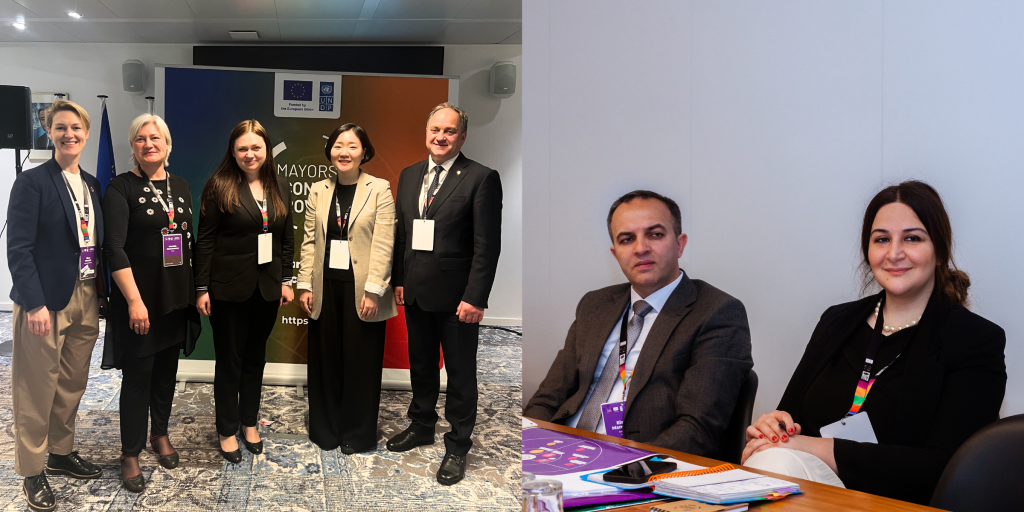
As the municipality teams engage in shaping ecosystems for change, their own agency increases and momentum with new partners and pathways is generated. We are excited to see the future effects of the city teams’ embrace of testing, listening, adapting and de-risking.
The first four portfolio cities will now continue their journey in iterating and generating new interventions after capturing the insights and intelligence in the sensemaking, which helped them to form concrete action points for the next ‘growth’ phase of each portfolio. The second cohort of five portfolios recently finished their first portfolio design and are starting to activate their first ‘seed’ interventions and applying dynamic management capabilities, practiced in the sensemaking in Brussels.
To read more about the current portfolio cities, please see here.

Background:
In 2021 UNDP, together with the EU, launched the M4EG, a regional initiative hosting a network of some 400 municipalities in the Eastern Partnership – Armenia, Azerbaijan, Georgia, Moldova, and Ukraine. The M4EG’s intention is to demonstrate and inspire secondary cities’ new trajectories of growth to become more attractive and vibrant for people and financing.
This publication was funded by the European Union. Its contents are the sole responsibility of the Mayors for Economic Growth Facility and do not necessarily reflect the views of the European Union.

